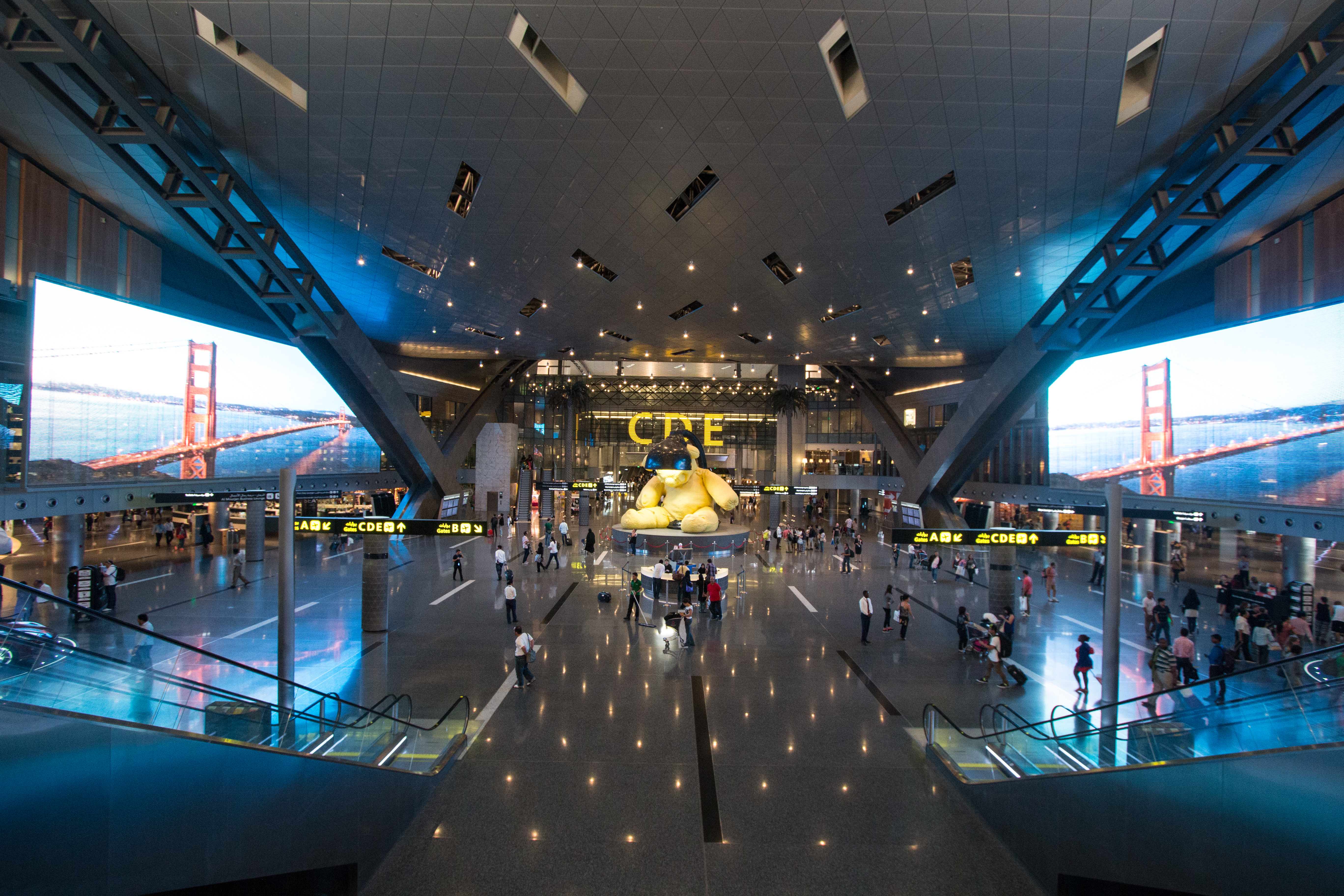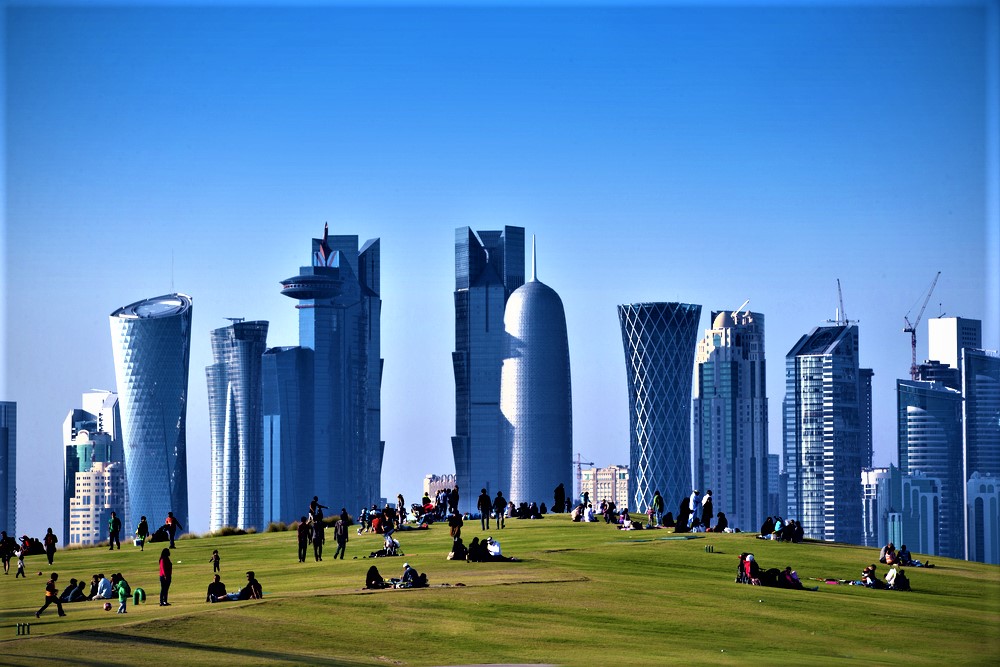Text: Žikica Milošević
Qatar is now officially the richest country in the world. Of course, as in the case of all other Mideast economies on the Arabian Peninsula, it is pretty much all due to energy sector, namely oil and liquified natural gas. But, as any other country deeply concerned about the future, Qatar developed the service sector, and established one of the most popular airlines, Qatar Airways, as well as promoting financial sector and tourism, which will get an additional impetus after lifting visa requirements for some 80 richest countries in the world.


ENERGY, ENERGY
It is all, of course, developed primarily due to the abundance of energy in Qatar, and what is most important, the country is rich both in oil and natural gas, pretty much like Russia, Kazakhstan or Tukmenistan. Petroleum and liquefied natural gas are the cornerstones of Qatar’s economy and account for more than 70% of total government revenue, more than 60% of gross domestic product, and roughly 85% of export earnings. Proved oil reserves of 15 billion barrels (588,000,000 m3) should ensure continued output at current levels for 23 years. Gas has given Qatar a per capita GDP that ranks among the highest in the world. Qatar’s proved reserves of natural gas exceed 7000 km3, more than 5% of the world total and the third-largest reserves of any country in the world. Production and export of natural gas are becoming increasingly important. Long-term goals include the development of off-shore petroleum and the diversification of the economy.
And after 23 years? Well, the country is so rich that even the economic sanctions now can do little to undermine its position. Current GDP per capita registered a world record-breaking peak growth of 1,156% in the 70s. This became quickly unsustainable and Qatar’s current GDP per capita contracted 53% in the 80s. But rising global oil demand helped current GDP per capita to expand 94% in the 90s. Diversification is still a long-term issue for this over-exposed economy. Now the accent is made on industry, making twoindustral cluster zones around Ras Laffan Industrial City and Mesaieed Industrial Area. It works, so far. Also, the banking, especially Islamic banking is blooming, and Qatar hardly sensed the global economic crisis in 2008 and 2009. Qatar Islamic Bank (QIB), Qatar International Islamic Bank (QIIB) and newcomer Masraf Al Rayya are all major players in the field and it is believed that Islamic banking is one new superpower in financial sector which has a bright future, thanks to the sophisticated instruments it possesses. Not to mention the newly opened Qatar Doha Airport (officially Hamad International Airport). It serves 50m passengers and it is one of the most important transport hubs in the world, thus enabling Qatar Airways to offer cheap tickets fo Asia, Africa and Australia, for example, 370 euros to China from Belgrade. Not bad, huh? Of course, learning from Dubai and Abu Dabi, Qatar launched the series of investments in tourism, which will, combined with lifting visas for 25% of the world countries at once, propell the tourism sector.